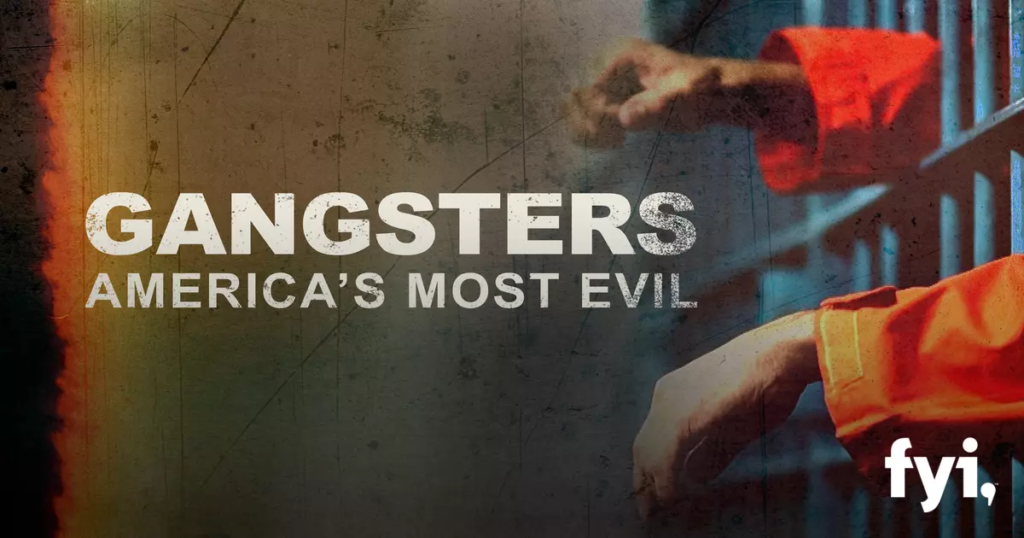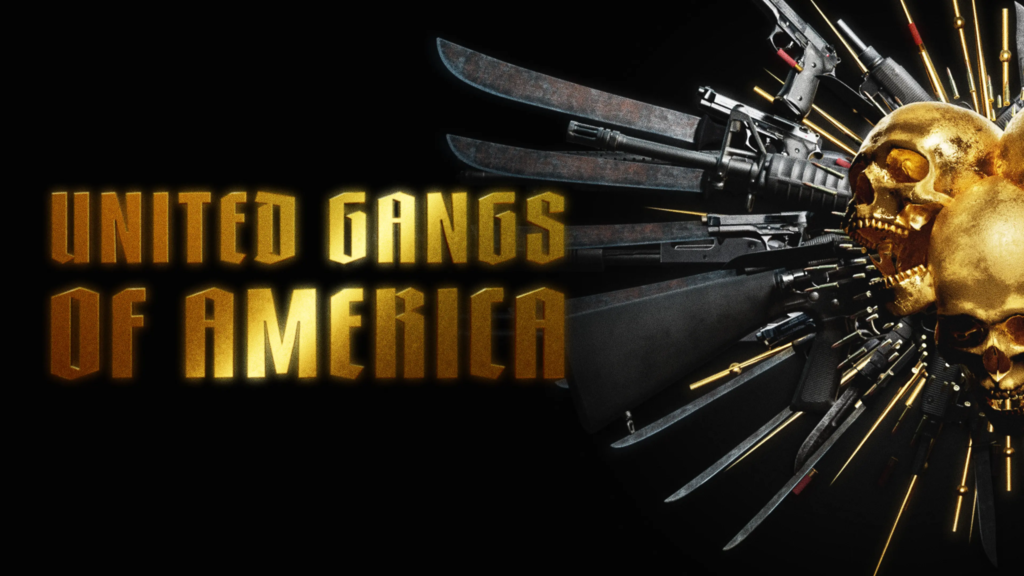Vice TV is turning heads once again with its gripping new docuseries that explores the histories, culture, and real-life stories of America’s most notorious gangs. Known for its bold, unfiltered journalism, Vice delivers a compelling series that digs deep into the raw realities behind gang life in the United States.
The show does more than just scratch the surface. It traces the evolution of infamous street gangs from their early beginnings to their present-day influence. The series goes beyond headlines and mugshots, offering an in-depth look at the social, cultural, and economic forces that created and shaped these groups.
Each episode offers a powerful blend of storytelling, featuring exclusive interviews, archival footage, and firsthand accounts from former gang members, community leaders, law enforcement officers, and historians. It’s a gripping and educational journey that sheds light on a part of American life that is often misunderstood or overlooked.
Why the Vice TV Gang Series Stands Out
What makes this new Vice TV series stand out is its approach. Rather than focusing only on violence or crime statistics, the series takes a historical and human perspective. It aims to understand the roots of gang activity and the environments that allow it to thrive.
From the streets of Los Angeles to the corners of Chicago, from the rise of the Crips and Bloods to the evolution of Latin Kings, MS-13, and biker gangs, the show covers a wide range of organizations that have impacted urban America for decades.
The production dives into the racial tensions, economic inequality, policing tactics, and prison systems that have helped shape gang development. The series shows how gangs were often born out of marginalization, community breakdown, and a lack of opportunity, giving a deeper understanding of why they continue to exist.

A Look Inside the Episodes
Each episode of the Vice TV series focuses on a specific gang or region, offering a unique lens into their origin, power structure, and impact on the communities around them.
Some featured episodes include:
- “South Central: The Rise of the Crips and Bloods” A journey through the 1960s and 1970s when racial unrest and social neglect led to the formation of two of the most recognized street gangs in America.
- “The Latin Kings: Brotherhood and Betrayal” This episode explores the dual identity of the Latin Kings as both a street organization and a social movement, and how internal conflicts tore them apart.
- “Motorcycle Gangs: Brotherhood on Wheels” An in-depth look at biker culture, including the Hells Angels and Outlaws, and how loyalty, power, and rebellion fueled their national spread.
- “Gangs Behind Bars” A chilling examination of how prison gangs like the Aryan Brotherhood and Mexican Mafia maintain power both inside and outside prison walls.
These episodes are not just about gang members but also include voices from victims, former insiders turned mentors, and community organizers working to stop the cycle of violence.
The Human Side of Gang Life
One of the most powerful aspects of the Vice TV gang series is its ability to show the human side of gang life. While the violence and crime cannot be ignored, the series highlights the real stories of individuals who joined gangs out of survival, identity, or lack of choice.
Former gang members speak openly about the pain, regret, and loss they’ve experienced. Many now work to prevent young people from falling into the same path. These stories show that there’s more to gang life than what movies or the news often portray.
The series also examines how systemic issues, such as generational poverty, broken education systems, and institutional racism, have kept many communities in cycles of violence. By exposing these root causes, the show brings awareness and encourages viewers to think critically about what fuels crime and what can be done to stop it.
Impact on Viewers and Communities
Since its debut, the Vice TV series has received praise from educators, criminal justice reform advocates, and community leaders for its balanced storytelling and educational value. Viewers are not only informed but also moved by the stories they hear.
By bringing these untold stories to national attention, Vice is helping to shift the narrative away from stereotypes and sensationalism. The show encourages conversation around rehabilitation, reform, and the need for investment in underserved communities.
In classrooms and workshops, clips from the series are being used as tools to teach young people about the real consequences of gang life and the importance of positive choices. For some communities, it’s more than a show it’s a wake-up call.
Vice TV’s Ongoing Legacy of Hard-Hitting Journalism
Vice Media has always been known for tackling tough, often uncomfortable subjects with honesty and courage. From global conflict zones to domestic issues like homelessness and drug addiction, Vice gives a voice to people and places that mainstream media often ignores.
This gang-focused series continues that legacy. It is bold, raw, and unafraid to dive into complex realities. It holds a mirror up to America’s inner cities and shows the urgent need for reform, compassion, and understanding.
Vice’s ability to combine journalism with emotional storytelling sets it apart. By telling gang stories through multiple lenses historical, personal, and social it achieves a depth that few documentaries manage to reach.

What’s Next for the Series
Given its strong reception, there is already talk of future seasons. Producers have hinted that upcoming episodes may explore international gang networks, such as cartels in Mexico or organized crime groups in Central America, and their connections to U.S. gang activity.
There may also be episodes focusing on female gang members, an often overlooked aspect of gang life, as well as the growing impact of social media in gang recruitment and rivalry.
As gang culture continues to evolve, so will the stories that need to be told. Vice TV seems committed to following these narratives wherever they lead, staying true to its roots in fearless storytelling.
Conclusion
The Vice TV series about America’s most notorious gangs is more than just a documentary it’s a deep exploration of the history, culture, and ongoing impact of gangs in the United States. Through powerful storytelling, real voices, and investigative reporting, the series paints a full picture of a world too often reduced to headlines.
By shining light on the human experience behind gang membership and the societal failures that allow it to grow, Vice offers a necessary and thought-provoking addition to the conversation around crime, justice, and hope for a better future.
Read more – Age-estimation AI Tools Are Changing How Apps Verify Age






